Your skin goes through a lot every day and deserves rejuvenation. Thus, it is essential to provide nourishment and nutrients to your worn-off skin. But what can you rely on? Synthetic substances are harmful to your skin, and you should look for substitute or natural versions of vitamins. Wrinkling, acne, age spots, hyperpigmentation, and sun damage are the signs of damage that need to be combated daily. Niacinamide and retinol are the rages for skin nowadays. How can we optimize our routine to fit these magic vitamins? More importantly, can you use Niacinamide with retinol?

Identical to the name, aging signs and other skin conditions are severe and could worsen if not treated correctly. With a lot of thought, we can pick out two ingredients, Niacinamide, and retinol, which can solve all our skincare problems. But first, let’s do a little research.
Also Check: 8 Best Drugstore Setting Powder for Oily Skin | Buying Guide 2021
Can You Use Niacinamide with Retinol?
Using two skincare products together can only result in two things: a boon or a curse. Combining two products has its risks. They can cancel each other out in one scenario. If one of them is more reactive, then it will alter the benefits of the weaker ingredient. In an unlikely scenario, if both are reactive, it may cause a reaction or breakout. So how compatible is Niacinamide with retinol?
Niacinamide and retinol go hand in hand, to our surprise. The central knot which binds them together is that retinol is a reactive ingredient that causes possible side effects, but Niacinamide comes to the rescue. Niacinamide is said to calm your skin which lets retinol do its work without harming your skin. They compliment each other so well that they ensure the skin reaps the benefits of both ingredients. Retinol is challenging for the skin, and you may need to build a tolerance for it, but Niacinamide makes your job easier. Niacinamide reduces the irritation, redness caused by retinol, and side effects.
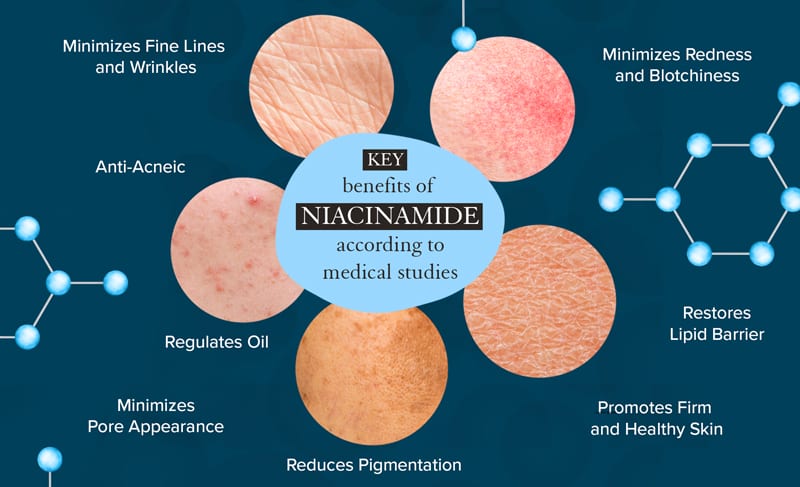
The pairing is ideal for most skin types and is perfect for acne-prone or oily skin. Popular belief is that retinol drains your skin of hydration, and the presence of Niacinamide will keep your skin hydrated. There are no listed side effects of the combination as of now. The only things you have to be concerned about are your specific skin condition, the concentration of each ingredient, and any allergies. Niacinamide and retinol together can improve your skin health. They work on large pores, wrinkles, age spots, oil control, blemishes, signs of aging, uneven skin tone, dry skin, dull skin, and pigmentation. It sounds too good to be true!
What Are Niacinamides And Retinol?
Niacinamide: Let’s start with niacinamide. Niacinamide is a form of vitamin B, and it is precisely vitamin B3. It works as an antioxidant for the skin. One of the best benefits of Niacinamide would be that it can help reduce the occurrence of skin cancer. Chances of getting melanoma due to sun damage or other causes can reduce up to 23%.
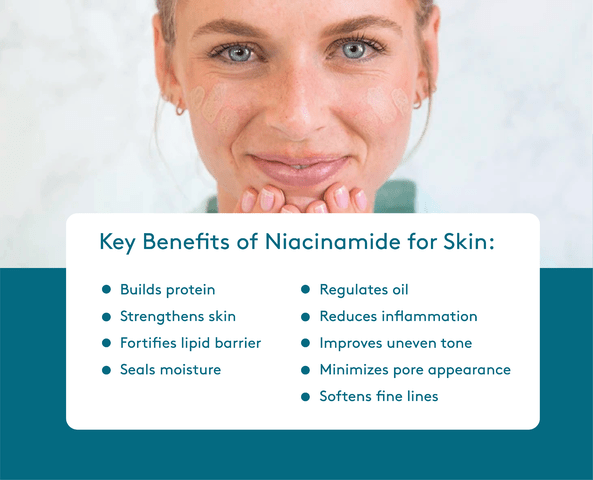
Niacinamide has anti-inflammatory benefits and calms down your skin. You can also use it to treat eczema. Folks with oily, acne-prone and sensitive skin must think of including Niacinamide in their routine. Works well with sensitive skin without causing any breakouts. Repairs DNA damage and reduces signs of aging like wrinkling or photoaging. It makes all your cells work in harmony and promotes their healthy functioning.
Retinol: Retinol is the most common ingredient you’ll find in any aging product. Retinol has tons of benefits than its brother retinoid. Retinol is a synthetic version of vitamin A. Its principal function is to speed up the process of making new cells and collagen production. This, in turn, minimizes the appearance of fine lines, wrinkles, and other signs of aging. Retinol strengthens the outer layer of the skin and blocks any reactions for any breakouts.
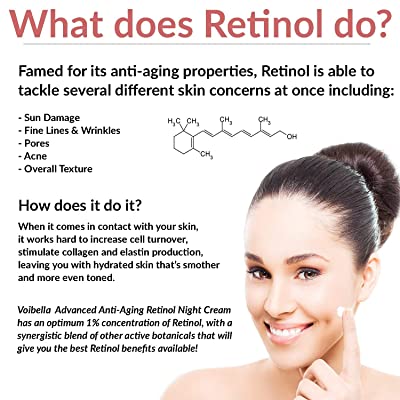
Another unique property of retinol is that retinol increases hyaluronic acid, which makes your skin plump and fresh. Large pores, melasma, acne, and stubborn age spots are other conditions retinol has successfully cured. Retinol, although, comes with a few side effects, it causes irritation and redness to the skin. If not used in the right amount, it may harm your skin. Retinol takes time to deliver results and cannot improve your skin overnight. It also makes your skin prone to sun damage, drying, and peeling.
How To Use Niacinamide With Retinol?
Now the question arises that should we use Niacinamide and retinol together or separately?
Using them both ways is not an issue; you must know certain things if you use them separately. You have to apply Niacinamide before applying retinol as Niacinamide calms your skin and makes it ready for retinol. Retinol being harsh on the skin is managed by the already absorbed Niacinamide. Niacinamide is a water-based solution that gets quickly absorbed in the skin, whereas retinol is an oil-based solution and takes longer. You can apply retinol 5 minutes after you’ve applied Niacinamide.
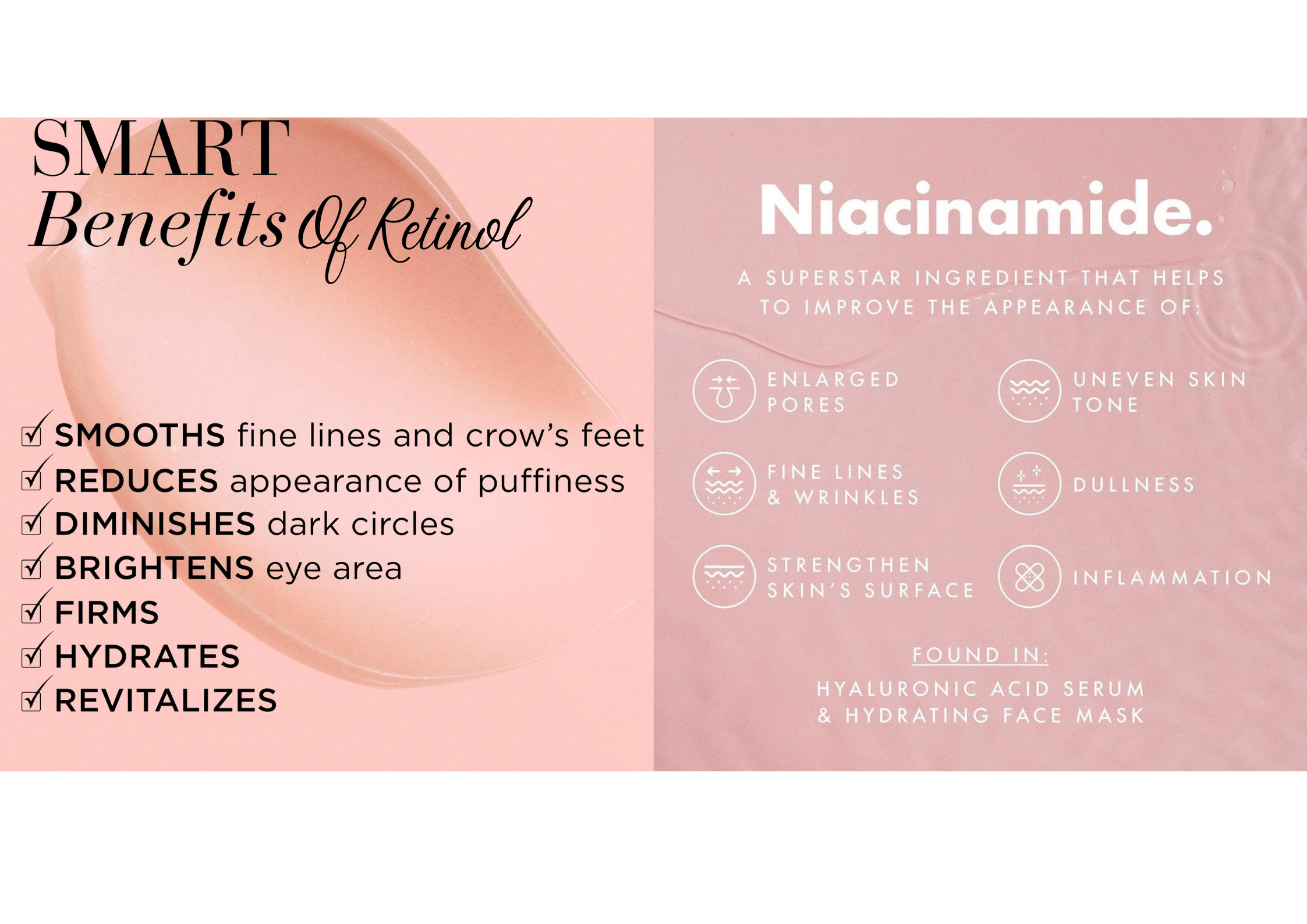
If you plan to use them together in a product, there are no side effects. They go well together and give good results. The concentration of each ingredient is significant in this case. You should read the percentage of components in the bottle and start with a low content of retinol. As retinol is not suitable for sensitive skin, you must go with less concentration. It is advisable to use them both in a moisturizer for maximum results.
For a start, you can start by using Niacinamide and retinol twice a week. After observing the improvement, you can start using it twice a day until it imbibes in your skincare routine. You will probably notice the results in two weeks.
Frequently Asked Questions
Who should use Niacinamide and retinol together?
Anyone troubled with signs of aging, pigmentation, eczema, acne, and oily skin issues can use this combination. The combination will help you combat all these issues and give you results as soon as two weeks.
Should I use Niacinamide and retinol together?
We should use them together to reap the benefits of both ingredients. Retinol paired along with Niacinamide can solve all your aging problems and makes your skin firm. Niacinamide plays an essential role in keeping your skin calm and works as a DNA repairing agent, while retinol does its job. It stops retinol from reacting and smoothes skin.
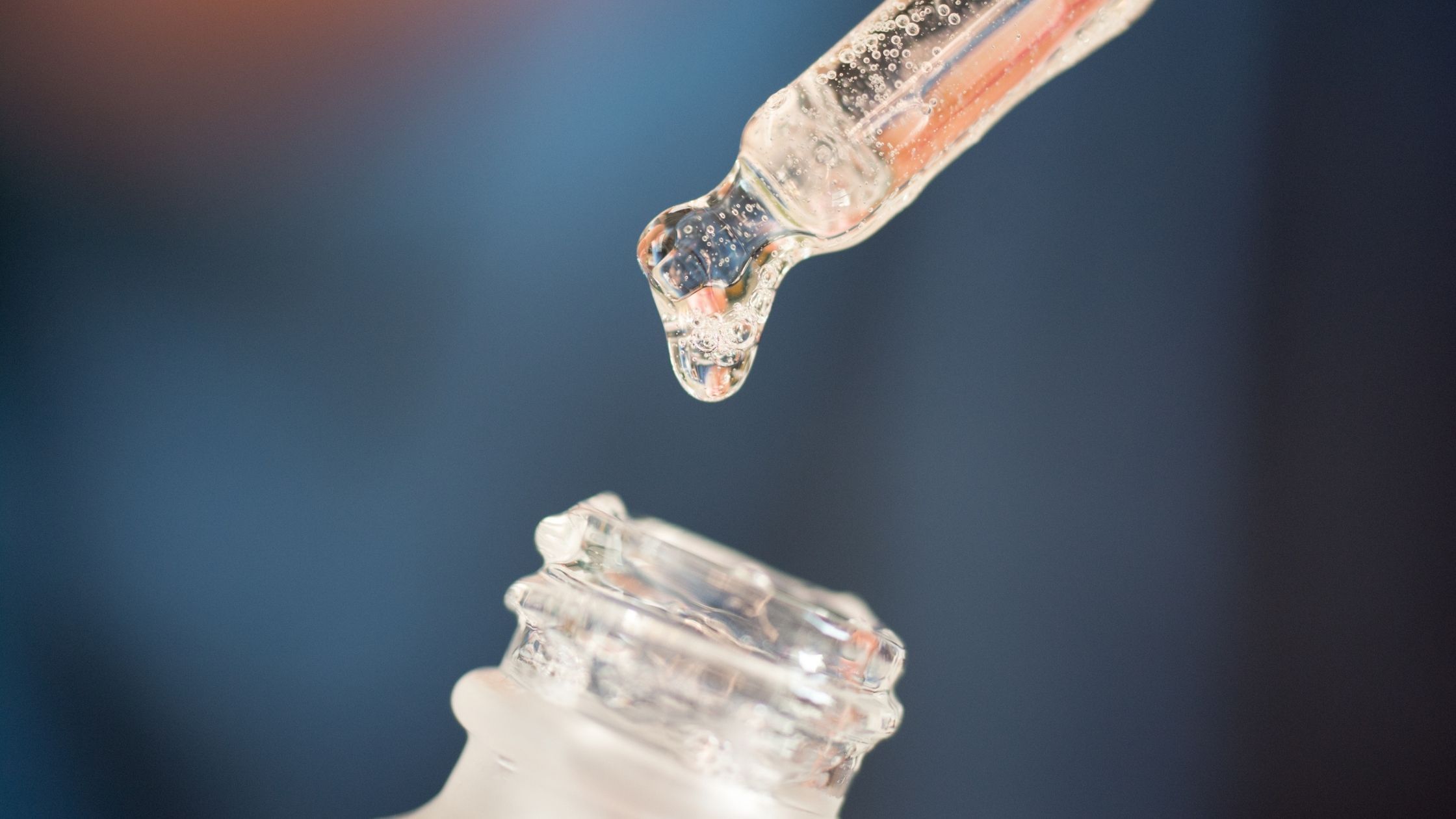
How to pair niacinamide with retinol?
It is your choice. You can use Niacinamide and retinol separately and together. If you use it separately, you have control over the concentration of the ingredients. If you wish to use them in one product, use a moisturizer that contains Niacinamide and retinol.
When to use niacinamide with retinol?
The frequency of using Niacinamide and retinol can vary from person to person. It matters on your skin type and reaction to retinol. Although after you get used to it, include it in your skincare routine twice a day.
Also read: 8 Best Tan Extender Lotion | Hassle-Free Tanning In Seconds? Guide!
Final Word
We answered the central question: can you use Niacinamide with retinol and results look very promising. They are a fantastic combination if used wisely. Retinol reacts with the skin, and Niacinamide calms the skin down. It’s almost like they’re made for each other. More importantly, while working together, they ensure the benefits of both the ingredients.
They don’t cancel each other out and go hand in hand, so you must monitor the concentration of the ingredients and keep in mind your skin condition. Rest assured, you are all set for using Niacinamide and retinol together!